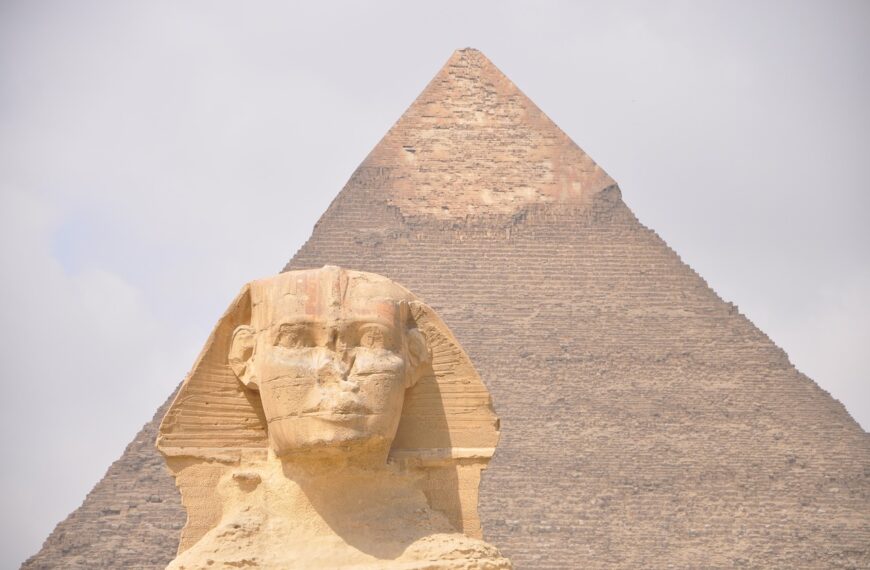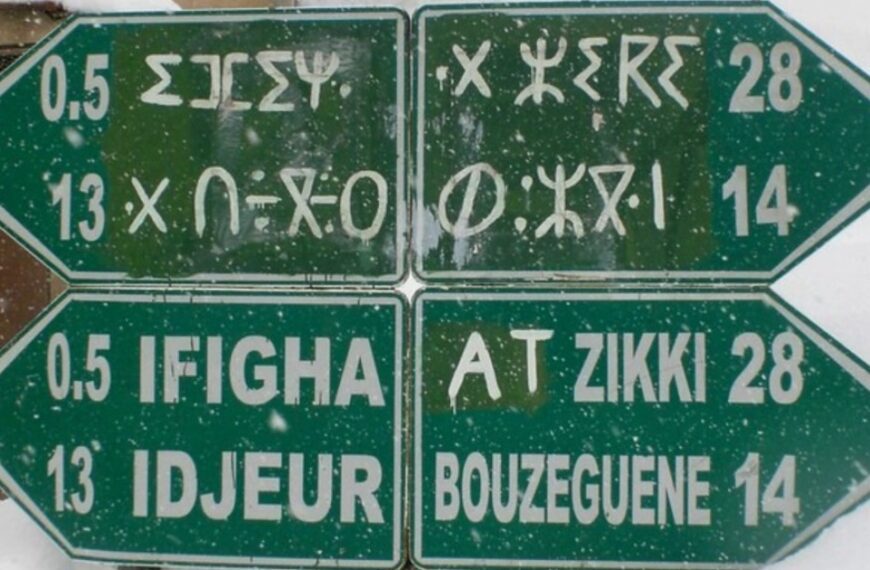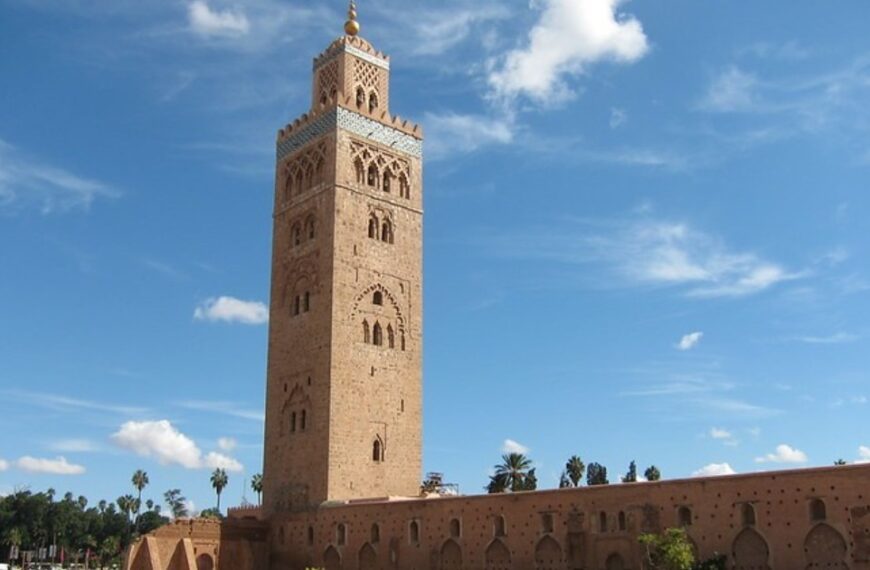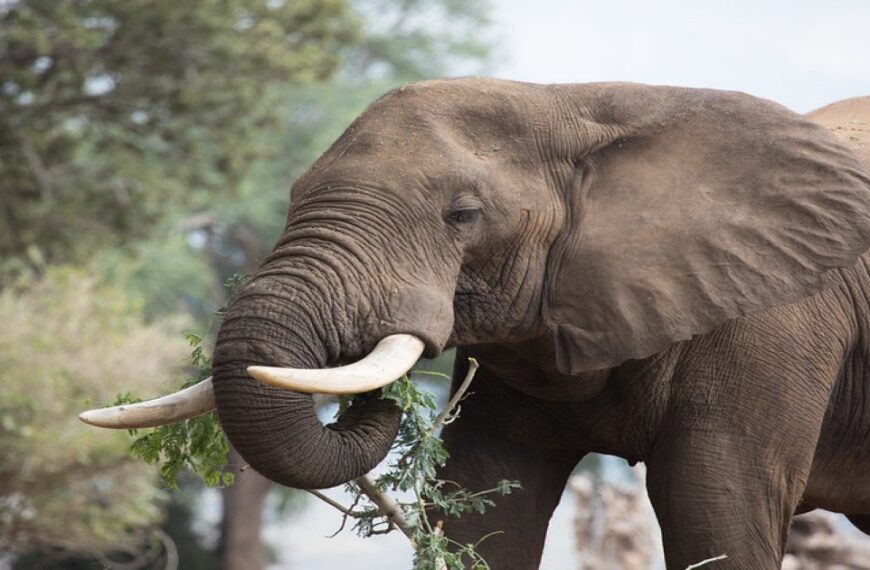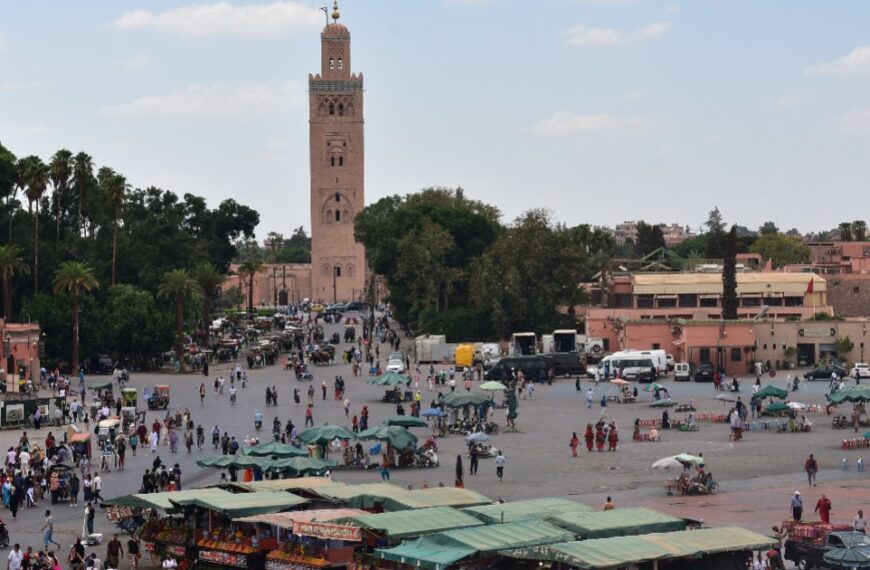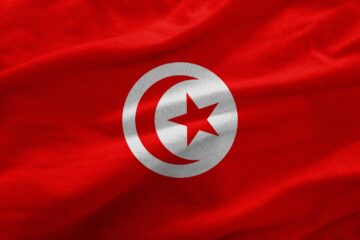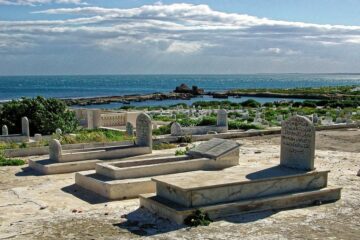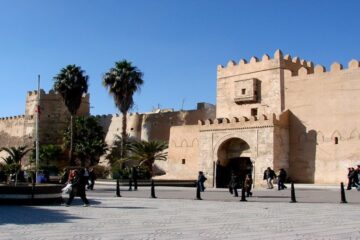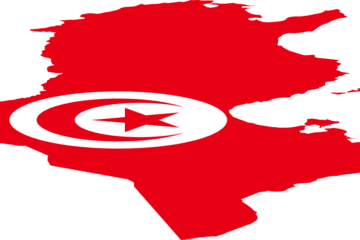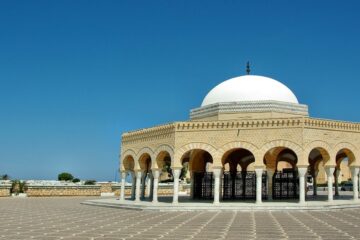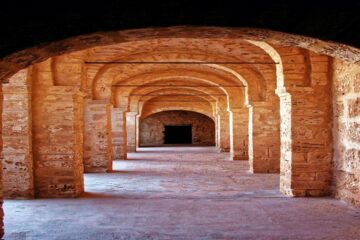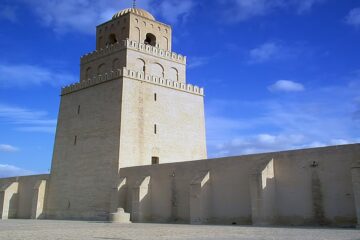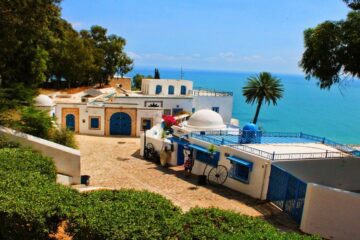The official currency of Tunisia is known as the Tunisian dinar (TND). The dinar is denoted by the sign DT and is identified by the ISO currency code TND. The nation’s central bank is responsible for managing and issuing the currency. The printing of banknotes ranges from five to fifty dinars. There are 1000 millimes in one dinar. There are lower dinar values as well as coin values ranging from five to one hundred millimeters.
Key pieces of information
- The national currency of Tunisia is the dinar.
- It is controlled by the central bank of the nation and trades on the currency market under the ticker name TND.
- While coins are produced in denominations of 5 to 500 millimes and smaller dinar values, TND banknotes are issued in amounts varying from five to 50 dinars.
- There is no other currency that the dinar is linked to or linked by.
- The TND cannot be imported or exported to Tunisia.
Information of the Tunisian Dinar (TND)
The Tunisian dinar is the country’s currency, which is managed by the country’s central bank, Banque Central de Tunisie, which refers to the Central Bank of Tunisia. The bank was founded two years after the nation won independence from France.
In addition to currency management, the bank is in charge of fiscal policy and the banking system.
Tunisia’s dinar first circulated in 1960.
Banknotes are issued in denominations of DT5, DT10, DT20, and DT50. One dinar is split into 1,000 millimes, the plural of one milim. Coins are issued in denominations of five, ten, twenty, fifty, and five hundred millimes, as well as twelve, one, and five dinars.
The TND is not linked to any currency, and no currencies are linked to the dinar. The dinar is classified as a closed currency, which means it is forbidden to import or export it. Only authorized exchange services are available in the nation. Before departing Tunisia, any excess cash must be exchanged. Travelers visiting Tunisia can also use credit and/or debit cards while there.
Particular considerations
Tunisia was occupied by the Romans for many centuries before falling under Ottoman rule, which it retained until 1881 when France invaded and took power. Tunisia was colonized by the Nazis during WWII and was the site of several confrontations.
The nation declared independence from France in 1956 and achieved complete autonomy in July 1957. Until the 2011 Tunisian Revolution, government successions were unremarkable. Charged with government corruption and citing evidence of excessive unemployment and high inflation, a peaceful resistance effort overthrew the governing party and launched the “Arab Spring” movement.
Tunisia Dinar, a brief History
Tunisia started planning for the dinar in 1958 but did not begin issuing it until 1960. That same year, it replaced the franc, which had been created during the French administration. The specified exchange rate was DT1 to 1,000 francs. At the same time, the millim, a component of the dinar, was formed.
The government started printing dinar banknotes in the denominations of DT12, DT1, and DT5—the only ones available at the time. Coins of the same denomination were struck and circulated alongside one, two, five, ten, twenty, fifty, and hundred millim coins. The central bank discontinued the DT12 and DT1 banknotes, leaving them only as coins.
Initially, the TND was tied to the US dollar at a rate of 0.42 dinars to $1. That rate was in effect from the currency’s establishment until 1964 when it was reduced from 0.525 dinars to $1. This stayed in force until 1971 when it was fully devalued.
The economy of Tunisia
Tunisia is Africa’s northernmost country, with vast agricultural plains. It has an export-driven economy that is heavily reliant on petroleum and agricultural exports. Its tourist and mining sectors are also robust.
These industries account for a significant amount of Tunisia’s GDP (GDP). The country’s economy is low-to-middle-income. In 2021, its annual GDP growth rate was 3.3%. That year, the total GDP was $46.84, with an annual inflation rate of 5.7%.
FAQS about Tunisia currency
The Tunisian dinar is the country’s currency, it is abbreviated as TND.
No. Tunisia does not accept US currency. Instead, it employs the Tunisian dinar, the country’s legal currency.
Because it is unlawful to import dinars, you will be unable to convert any cash before entering the country. You may, however, bring any other money into the nation with you and exchange it when you reach the country. Those visiting Tunisia may also use their debit or credit cards there. Remember that you cannot export dinars either. This implies that you must change any money before departing.
Foreign cash may be imported in limitless quantities into Tunisia, however, you may be required to report the amount in writing on a certain form.
Banknotes are issued in denominations of five, ten, twenty, and fifty dinars. One dinar is equal to 1,000 millimes. Coins are available in denominations of five, ten, twenty, fifty, and five hundred millimes, as well as twelve, one, and five dinars.


